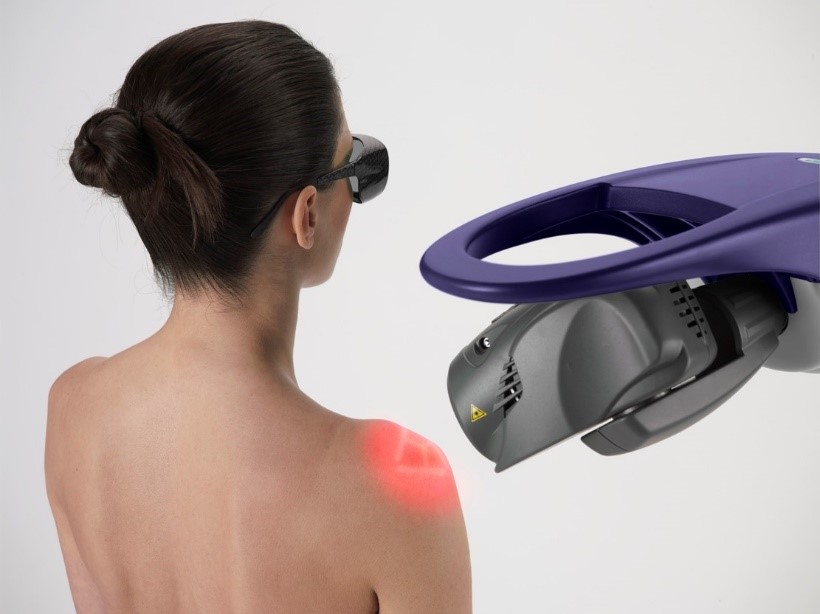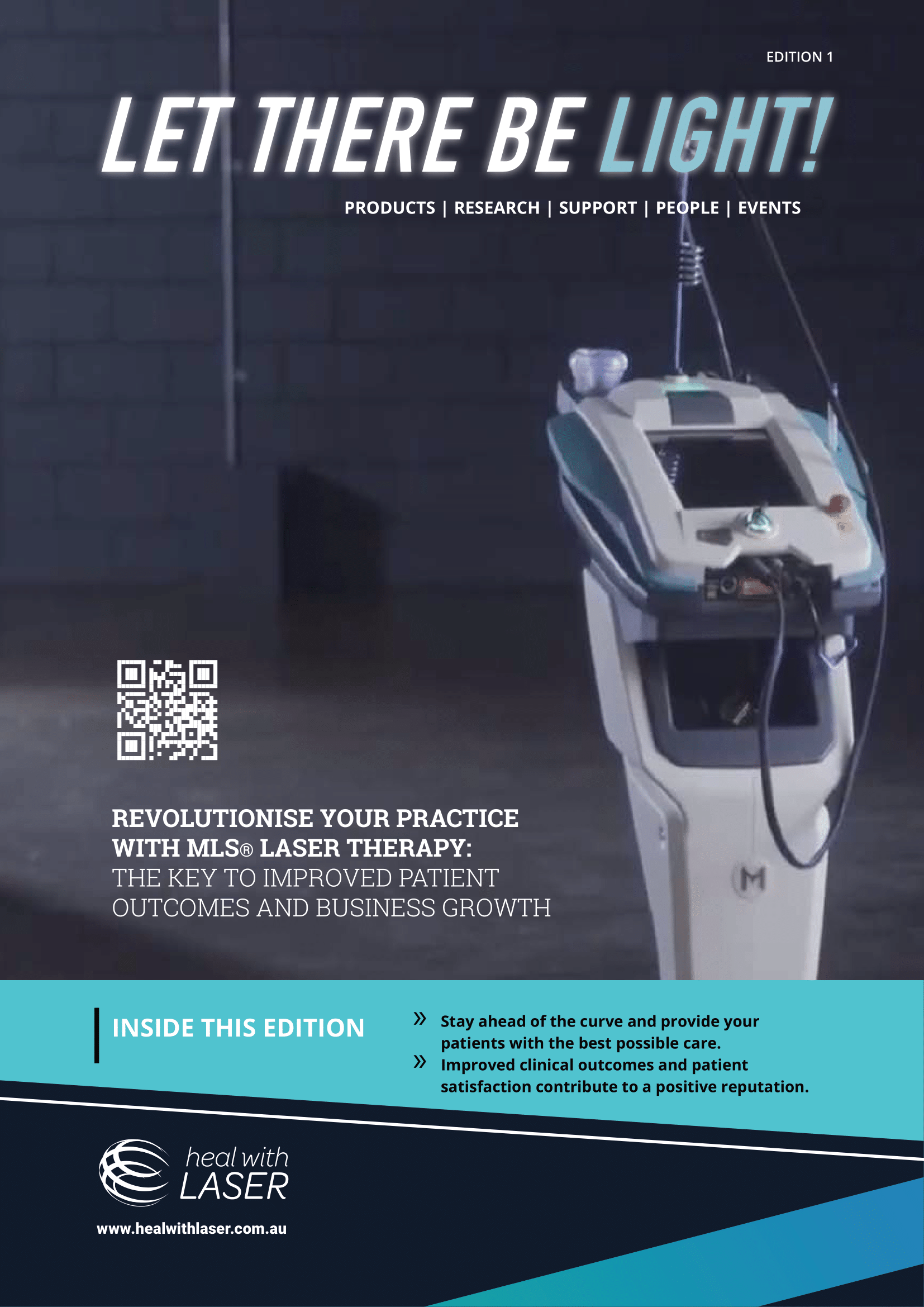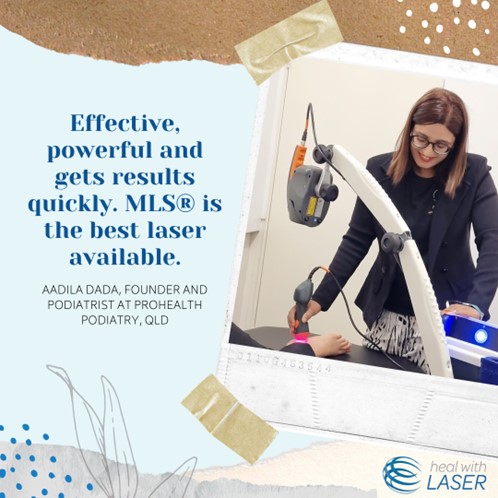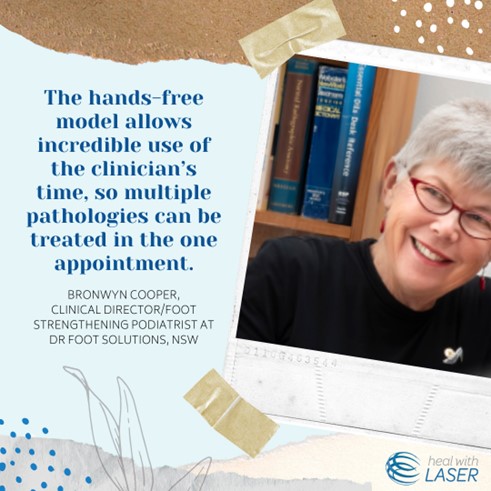Automation is transforming the healthcare industry, revolutionising the way patient care is delivered and improving outcomes. From AI-powered diagnostics to automated treatments, healthcare automation is changing the landscape of medicine and offering new possibilities for both patients and healthcare professionals. Explore the various ways in which automation is being implemented in healthcare and its unparalleled ability to help practitioners save time.
Streamlining Administrative Tasks with Automation
Automation is revolutionising the healthcare industry by streamlining administrative tasks. Traditionally, healthcare providers have had to spend a significant amount of time on administrative duties such as appointment scheduling, billing, and record-keeping. These tasks can be time-consuming and prone to human error. However, with the implementation of automation technology, these processes can be streamlined and made more efficient.
Automated appointment scheduling systems, for example, can eliminate the need for manual scheduling and reduce wait times for patients. Similarly, automated billing systems can ensure accurate and timely billing, reducing the risk of errors and improving revenue management. Automation in record-keeping also allows for easier access to patient information, leading to more informed and personalised care. By automating these administrative tasks, healthcare providers can focus more on patient care and improve overall efficiency in their practices.
Enhancing Diagnostic Treatments with AI
Artificial intelligence (AI) is enhancing diagnosis and treatment methods for healthcare professionals. AI algorithms can analyse vast amounts of patient data, including medical records, lab results, and imaging scans, to identify patterns and make accurate predictions. This can help healthcare professionals in diagnosing diseases and developing personalised treatment plans.
AI-powered diagnostic tools can also assist in detecting early signs of diseases, leading to earlier interventions and improved patient outcomes. Additionally, AI can be used to optimise treatment plans by considering individual patient characteristics and predicting treatment responses. With the integration of AI into healthcare, diagnosis and treatment processes are becoming more efficient, accurate, and tailored to each patient’s needs.
Time-Saving Automated Treatments
Evolving medical technology has opened opportunities for practitioners to provide automated, accelerated treatment. This allows practitioners to save time and increase productivity. MLS® laser therapy has shown to be one of these revolutionary treatment options.
MLS® laser therapy is the only therapeutic laser that offers robotic, fully automated treatments. The laser has many pre-set laser programs built into the machine which are based on the latest scientific research. The automation uses an X-Y axis to plan an area for treatment.

Once a pre-set program has been selected and the area of treatment has been defined, the laser automatically manoeuvres over the treated area without requiring the practitioner to manually move it. This frees up the practitioner’s hands and boosts their productivity. They can complete other tasks whilst the automated laser treatment is being administered.
MLS® laser therapy has helped practitioners save time in the following ways:
1. Accelerated recovery: MLS® can help patients heal in a much shorter time frame compared with traditional treatment methods. Conditions that usually take months to heal can be treated in a matter of weeks. By accelerating the recovery process, MLS® laser therapy can further reduce the number of follow-up visits required for patients. This benefit can save time for health practitioners to accommodate more patients or dedicate more time for complex cases.
2. Fast treatment sessions: MLS® laser therapy is known for its quick treatment times. Typically, each session lasts only a maximum of ten minutes, with multiple sessions scheduled over a recommended treatment course. Compared with other traditional treatment methods such as manual therapies or lengthy rehabilitation protocols, MLS® laser therapy allows practitioners to efficiently deliver treatment in a short time.
3. Pre-set protocols: Built-in laser protocols save practitioner’s time and simplify the treatment process because they do not need to calculate treatment parameters for each patient. The laser dosage is automatically calculated. Based on in-depth research, the settings in the software are related to the pathology being treated.
4. Adjunct to treatment: The laser can be used in conjunction with other treatments such as manual manipulation or massage. This enhances the therapeutic effects of and complements the existing treatment, leading to desired outcomes faster.
5. Treat multiple areas simultaneously: MLS®’ multi-diode devices allow for simultaneous treatment of multiple areas. MLS® enables clinicians to treat multiple regions of the body in the same session using multi-diode head and single diode handpiece. This not only saves time for both the practitioner and the patient but also contributes to improved patient compliance and convenience. Multi-diode models also treat large surface areas in a much shorter time than single-diode, hand-held devices.
6. Reduce number of treatments: MLS® laser therapy’s high-powered laser technology delivers deep tissue penetration and synchronised dual wavelengths, resulting in a more effective and efficient treatment. This targeted approach allows for faster healing and improved outcomes, ultimately reducing the overall number of treatments needed for acute or chronic conditions.
7. Hands-free treatment: MLS® is the only laser that offers robotic devices. This means that the laser is administered without needing to be held, or without touching the patient. The automation uses and X-Y axis to plat an area for treatment. This can reduce stress as it frees up practitioner’s hands to complete other tasks. There is also no contact with the patient. This can be very helpful as was seen during COVID, where laser could be administered in a COVID safe way.
See the MLS® robotic M6 laser in action as a practitioner uses the single-diode, handheld device and the automatic, robotic laser head to treat a patient.
The time-saving benefits of automated MLS® laser therapy vary depending on clinical context and patient needs. Heal with Laser recommends health practitioners to assess the suitability of MLS® laser therapy within their own practice.
To discover even more benefits that MLS® laser can have on your clinic including increased patient satisfaction, more referrals, and a stronger ROI, download our free eBook, ‘Revolutionise Your Practice with MLS® Laser Therapy’.

We can advise practitioners about the suitability of MLS® for their practice. Request a demo of our lasers, and our team of experts will review your situation and provide personalised recommendations to help you make the best choice.


